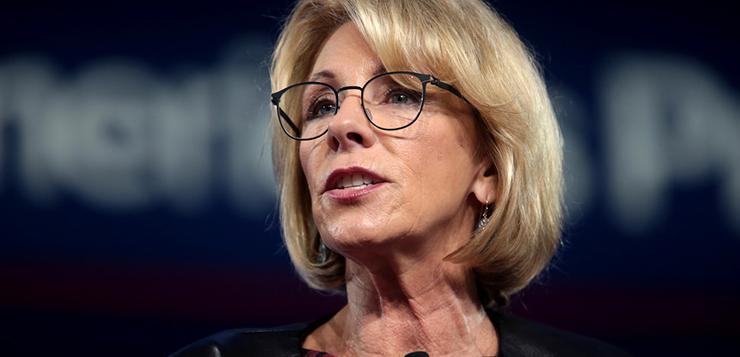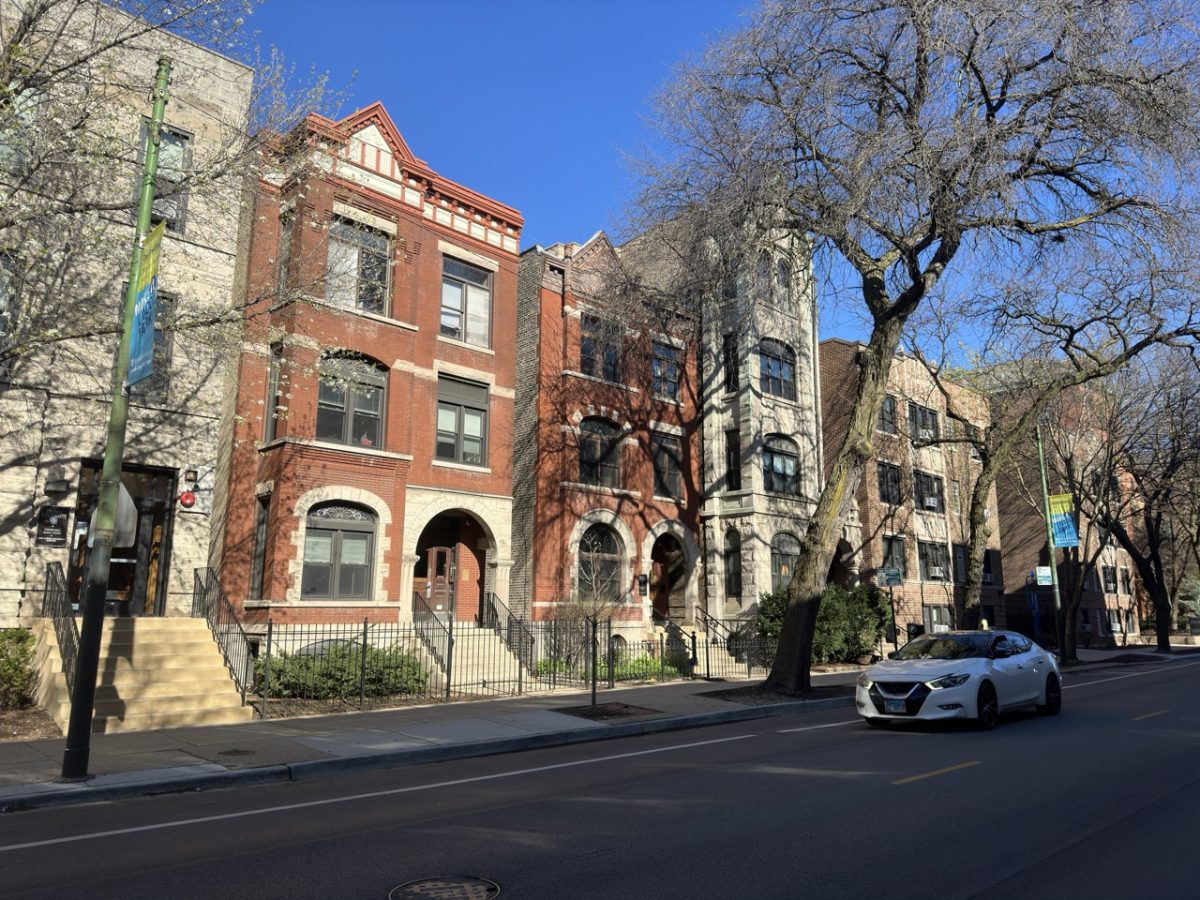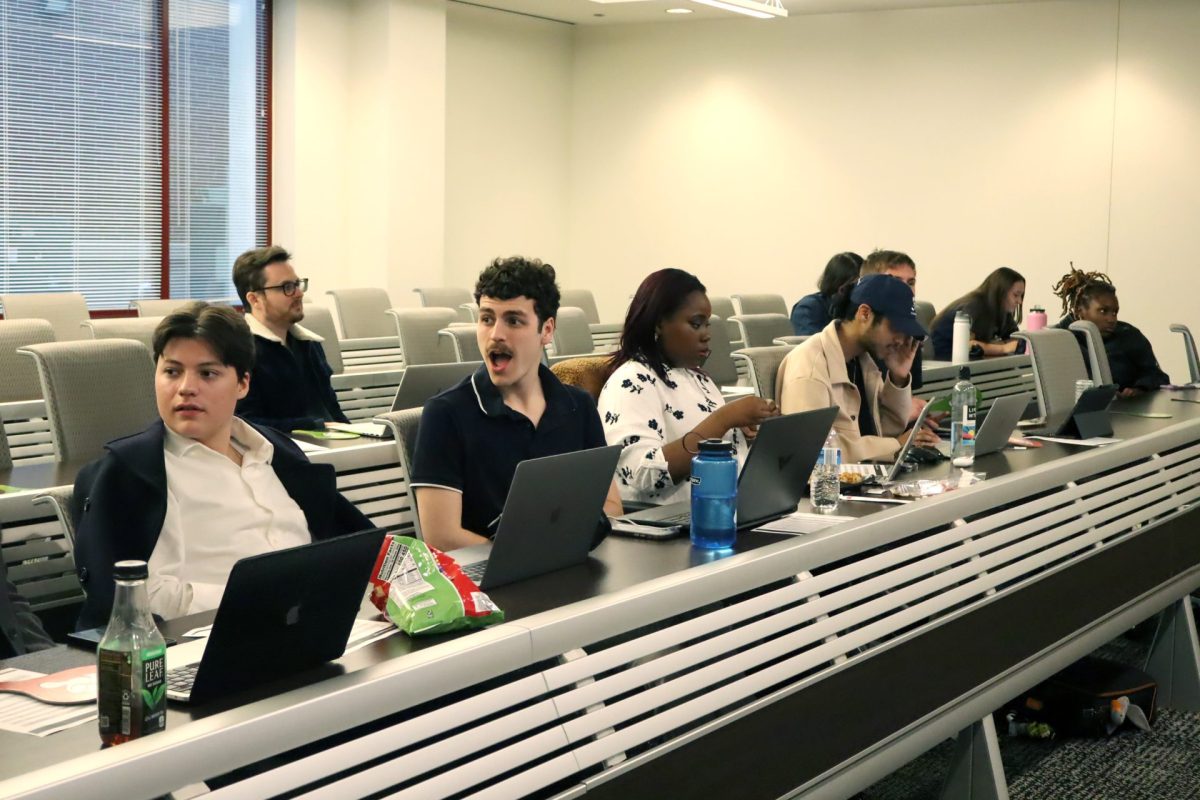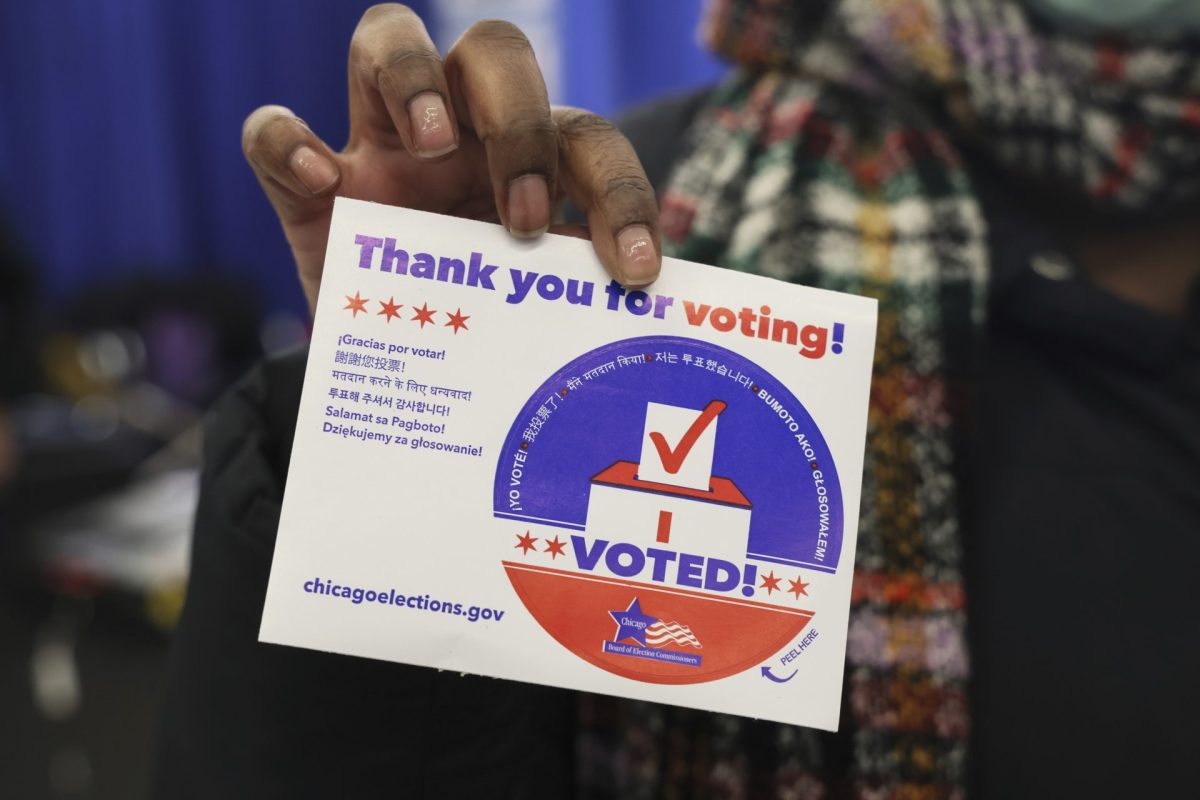This June, thousands of DePaul University students will cross the stage at Allstate Arena, adorned in blue graduation gowns. They’ll smile as they’re handed their diplomas—each a tangible sign of achievement, hard work and knowledge. However, most also allude to a less fortunate reality: student debt.
Congratulations, Class of 2017. If trends continue, you’ll be the most indebted yet.
DePaul University’s Department of Institutional Research and Marketing reports that 67 percent of DePaul students who graduated in 2016 took out student loans, owing an average of $29,829 per student. This sits just under the national average of $37,000, an increase in six percent from 2015. In total, The Federal Reserve Bank of New York reports $1.41 trillion in student debt nationwide.
“[Student debt] isn’t something you’re really conscious of until you start thinking about getting a job to pay it all back,” said Aquita James, a senior at DePaul University. “I don’t really know how it all works.”
In a study by The Brookings Institute, students at a public institution were surveyed to see how knowledgeable they were about the price they’re paying for college. Only 52 percent of students were able to estimate within $5,000 what they paid for their first year of school. Among students in their first year with federal loans, 28 percent reported that they didn’t have federal student debt, and 14 percent said they didn’t have student debt at all.
“There’s a lot of [student loan-related] information out there that we’re required under federal law to provide,” said Karen LeVeque, director at DePaul Central and Financial Aid. “It’s just a matter of whether or not students take the time to read it and understand it.”
The Department of Education in the charge of Betsy DeVos isn’t making life any easier for student debtors either. On April 11, DeVos withdrew a number of Obama-era policy memos that were intended to force the agencies that collect federal student loan payments to provide affordable payment plans and prevent students from defaulting on their loans. Also included in the revoked policy memos were stipulations that increased transparency for the non-governmental collection agencies.
On May 19, DeVos announced that the Department of Education will select just one company to collect student loan payments over the nine companies that currently handle it. The new contract for the repayment company reveals that the department plans to strip the requirement that specialists be on hand to aid delinquent payers, and a mandate for the agency to remind borrowers to reenroll in repayment programs, setting people up to fail to make payments in time.
While the conversation surrounding student debt is multi-faceted, a lot of students don’t even know where to begin.
The Cost of College
The amount of national student debt has risen with the increasing cost of college tuition. According to Michael Miller, an economics professor at DePaul, the rising cost of college is due to a combination of things.
One factor is the competitive market. “Universities desire to provide amenities such as climbing walls, the finest in food, etc., thus increasing the cost of room and board,” said Miller. Additionally, the administration bloat – or “the creation of more administrators per student” – allows universities to charge more for their education.
According to Miller, government regulated systems are also responsible for rising college tuition. Labor costs comprise a great portion of a university’s overhead. Therefore, as the cost of health care increases, a university’s expenses increase as well.
“Government subsidies are making it possible to raise tuition,” said Miller. “Any rise in tuition is met by a rise in government aid, so rising costs can actually bring in more money.”
So, how are students paying the price? Taken literally, a lot of them aren’t.
Student Loan Default
Loan default occurs when a loan is delinquent for 90 or more days, meaning that no payment has been made during that time period. According to the Federal Reserve Bank, student loan default rates reached 11.2 percent in 2016. This accounts for the $137 billion that the Consumer Federation of America reports was not paid, a 14 percent increase from the previous year.
The consequences of student loan default are extensive. The government can offset the borrowers income tax and social security benefits until their loan is paid in full. It can also garnish 15 percent of disposable pay wages per period without a court order. Additionally, defaults are listed on the borrower’s credit report, affecting his/her ability to take out other loans. Unlike other credit, bankruptcy cannot extinguish student loans.
“It scares me to think about paying back my loans,” said Daniel Rodriguez, a senior at DePaul. “I feel like it’s something that’s going to haunt me my entire life.”








